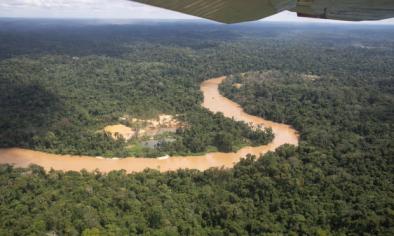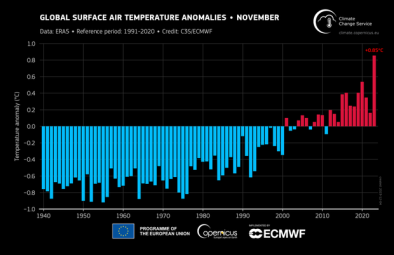Trends of extreme US weather events in the changing climate
Significance
Extreme weather events rarely occur but can have devastating impacts. This paper introduces an analysis method that determines whether one-in-a-hundred-years events are becoming more frequent. Based on a 41-y record in the continental United States, the change in frequency of extreme temperature events is determined with statistical confidence. We found it is possible to aggregate extreme event data over geographical locations with different climate zones so that meaningful inference is possible. The risk of high-temperature extremes is clearly increasing, but the results for rainfall vary with season.
Abstract
Trends in extreme 100-y events of temperature and rainfall amounts in the continental United States are estimated, to see effects of climate change. This is a nontrivial statistical problem because climate change effects have to be extracted from “noisy” weather data within a limited time range. We use nonparametric Bayesian methods to estimate the trends of extreme events that have occurred between 1979 and 2019, based on data for temperature and rainfall. We focus on 100-y events for each month in 1°×1°1°×1° geographical areas looking at hourly temperature and 5-d cumulative rainfall. Distribution tail models are constructed using extreme value theory (EVT) and data on 33-y events. This work shows it is possible to aggregate data from spatial points in diverse climate zones for a given month and fit an EVT model with the same parameters. This surprising result means there are enough extreme event data to see the trends in the 41-y record for each calendar month. The yearly trends of the risk of a 100-y high-temperature event show an average 2.1-fold increase over the last 41 y of data across all months, with a 2.6-fold increase for the months of July through October. The risk of high rainfall extremes increases in December and January 1.4-fold, but declines by 22% for the spring and summer months.
Related Content






